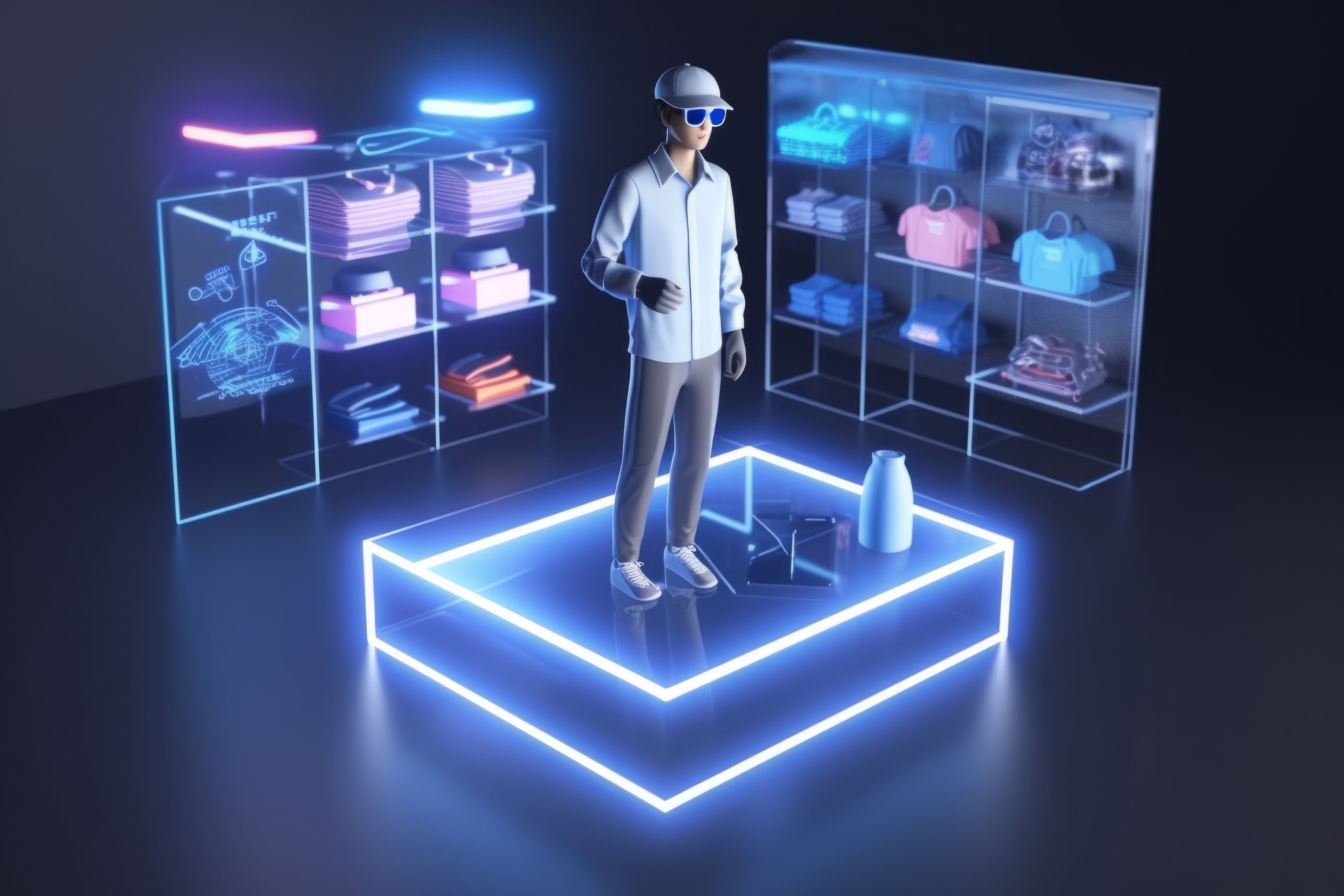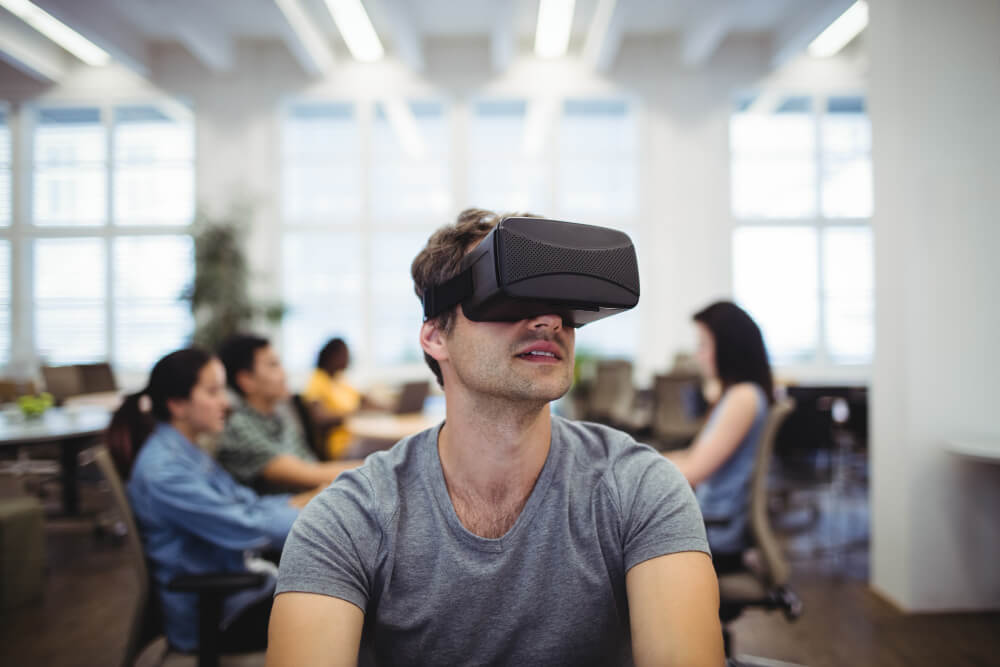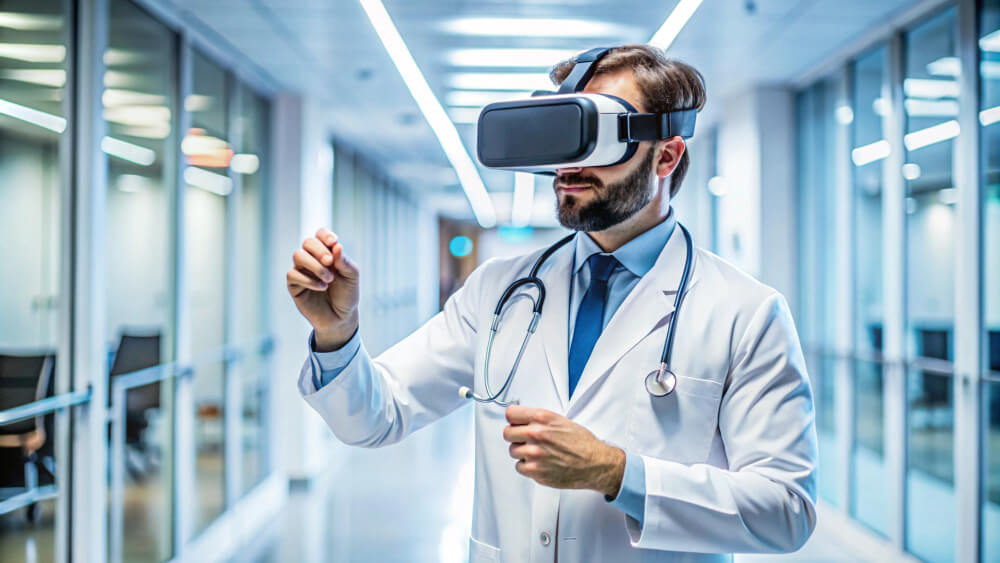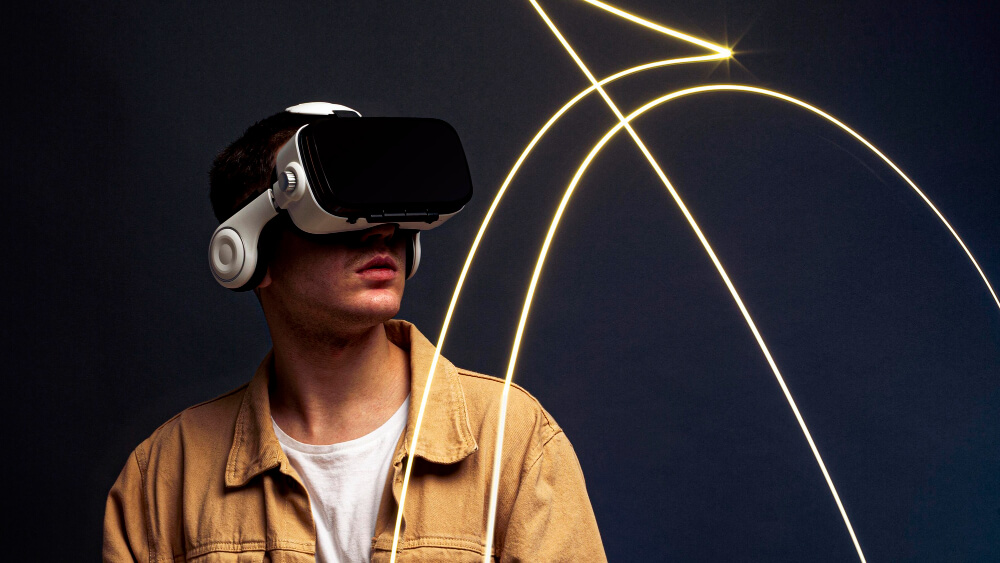How AR Technology Attracts More Customers?
Table of Contents:
How can AR technology attract more customers to your business? Firstly, it enables visualization, giving customers a chance to see the product in a real-life setting. It can also speed up the process of finding the perfect item. Finally, AR makes the customer experience better, more captivating, and more engaging. Do you want to learn more? Then read on!
AR Technology – A Magnet for Customers
Augmented reality, or AR, is a technology that enables people to insert digital objects into a real-life setting, creating a truly phygital experience. It’s used in a plethora of industries, including gaming and retail. Why?
AR enhances the user/customer experience, making it more immersive. As such, it can act as a magnet for new customers, driving sales in a given business. Let’s look at this in more detail to better portray AR’s impact.
Product Visualization
A 2D photo of a pair of shoes, a chair, or a new phone is… just a photo – there’s plenty of that available on the Internet. Yet, customers still often opt to visit physical stores to see what the products really look like. What if this didn’t need to happen?
With augmented reality, you can attract customers by providing them with the convenience of online shopping combined with the perks of brick-and-mortar stores. Your potential customers will just need to download the app (which is also beneficial for your marketing team since you get information on which you can base your personalization!), choose a product, and… they can view it in 3D, just as if they were in a real store.
| Example: Converse enables users to try on their shoes without the need to leave home. How? You open the Converse app, point the camera on your shoes, and… voila, you can visualize the product! |
Unlock the future with Mazer: Your innovation partner.
Comparing the Products with Real-Life Settings
In the end, each product customers buy needs to fit them in real life. This is why certain clothes shops set up virtual fitting rooms in VR. However, this can also be achieved with AR, though only in certain industries.
Let’s take a furniture company, for example. With an AR app, your customer can see what particular pieces of furniture will look like in comparison to the rest of their decor. What is more, this is something that they wouldn’t be able to do at a physical store – they’d need to order the product first to actually compare it. The results? Customers are more likely to purchase your products since they are sure that they will be a good fit.
| Example: IKEA, being a pioneer of AR in the furniture industry, has its own IKEA Place app. How does it work? You scan the room, and you can see what furniture fits it (treat it as product recommendations) and try different products to design your interior. |
Building More Immersive, Engaging Customer Experience
AR also helps attract customers to businesses by delivering more engaging experiences. Just look at Pokemon GO. This game does not fall far apart from the traditional Pokemon trope, but it has one advantage – you can feel like a true Pokemon trainer since you catch the pocket monsters in AR. The same can be applied to other fields and industries.
| Example: Yihaodian, a Chinese grocery chain, uses AR to enable users to stroll through… virtual aisles in certain public places. The user can then choose the products they want to buy and have them delivered to their homes. |
The Takeaway
The above are just examples of the direct impact of AR on attracting customers. You might also use it indirectly. For instance, by utilizing augmented reality when designing your store display, you can find the optimal one, while the users don’t know that you used AR in the process. There are a plethora of options – it is time you invest in this technology.
You might also read: How Augmented Reality Can Support Industry 4.0

Author: Rafał Siejca
Rafal has over twenty years of corporate experience, including roles at Millennium Bank, Comarch, and leading software teams at PZU, one of Europe’s largest insurance companies. As one of Poland’s few true VR experts with a decade of experience, he ensures timely, high-quality project delivery as CEO and CTO.










